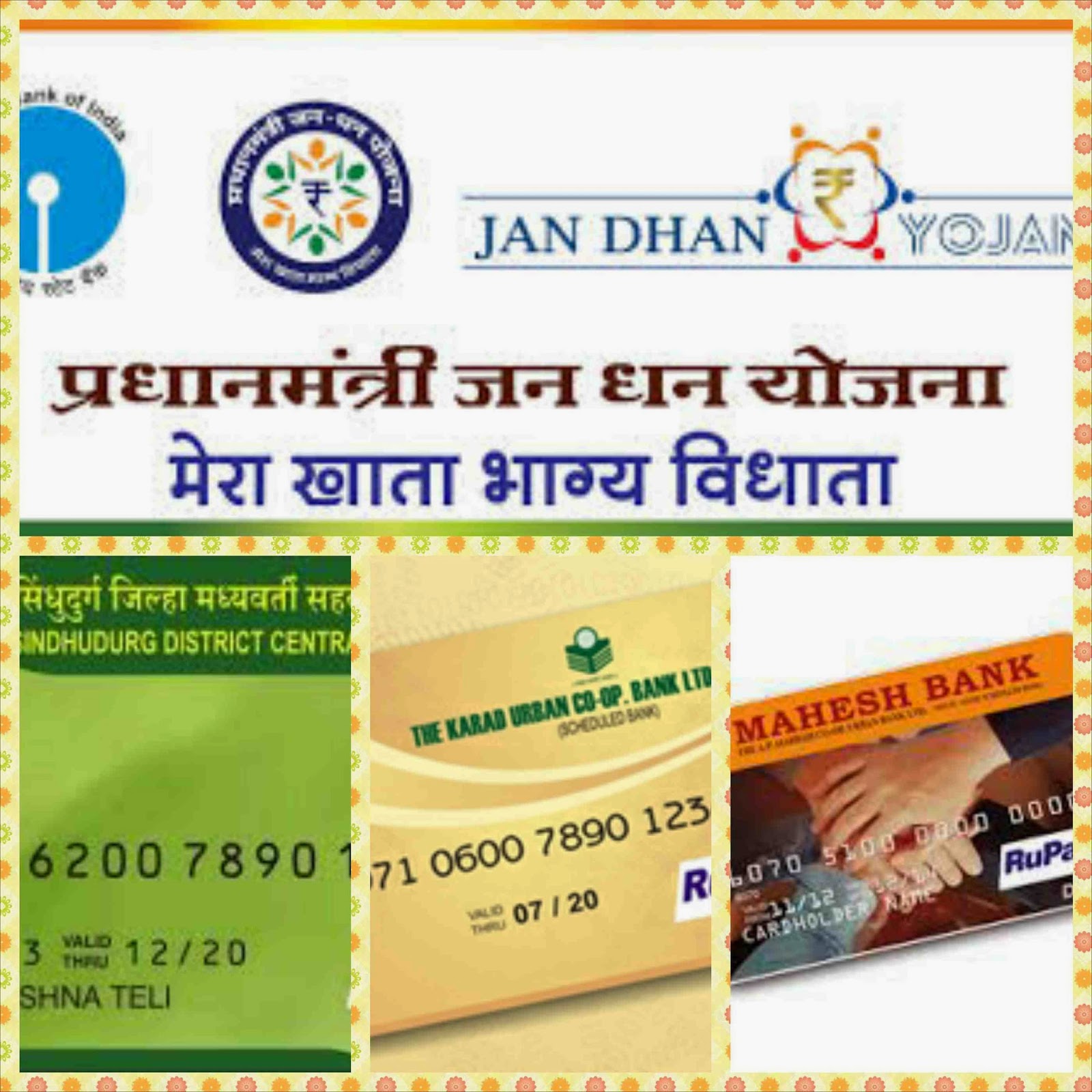As on date, Mobile operators in India
have to adhere to the below TRAI guidelines, with effect from 01/01/2016:-
RELIEF
TO CONSUMERS FOR CALL DROPS
16.
Measures to provide relief to consumers. - Every originating service provider
providing Cellular
Mobile
Telephone Service shall, for each call drop within its network,
(a) Credit the
account of the calling consumer by one rupee:
Provided
that such credit in the account of the calling consumer shall be limited to three
dropped calls in a day (00:00:00 hours to 23:59:59 hours);
(b) Provide the
calling consumer, through SMS/USSD message, within four hours of the occurrence
of call drop, the details of amount credited in his account; and (c) in case of
post-paid consumers, provide the details of the credit in the next bill.”
Negotiations between the Mobile
Operators and TRAI have commenced and any amendments if any will be released
shortly.
One of the paragraph in the letter
to TRAI states as under: “The annual industry compensation due to dropped calls
may range from ₹10,000 crore
in case 10 per cent of subscribers claim compensation to ₹54,000 crore in case 50 per cent of
subscribers claim the same. This amount would represent up to 37 per cent of
the industry’s annualised adjusted gross revenue in case of 50 per cent
claims,” .
As per rough estimates the ratio
between Prepaid and PostPaid connections is 80:20.
This 80:20 ratio translates into a
huge opportunity for Safe eTransactions to be popularised.
As per TRAI guidelines, the monetary
compensation for ‘call drop’, has to be credited to the subscribers account i.e
SIM.
To increase the banking penetration in
India, the option of routing such credits to the Jan Dhan Bank Accounts/Pre
Paid Instruments (eWallets/Mobile Wallets) of the subscribers should be
explored.
7 Benefits of routing the ‘Call Drop’,
compensations to Jan Dhan Bank Accounts/Pre Paid Instruments (eWallets/Mobile
Wallets) :
01)
Encourage
MSB to open bank accounts/eWallets
02)
Increase
the footprint of banking in country
03)
Encourage
other government agencies to route transactions to the linked Jan Dhan/eWallets
04)
Establish
an verifiable audit trial
05)
Introduce
Safe eBanking channels to MSB
06)
A
readymade data base for Payment Banks to tap as and when their networks are
ready
07)
Minimise
complaints of non-receipt of compensation



